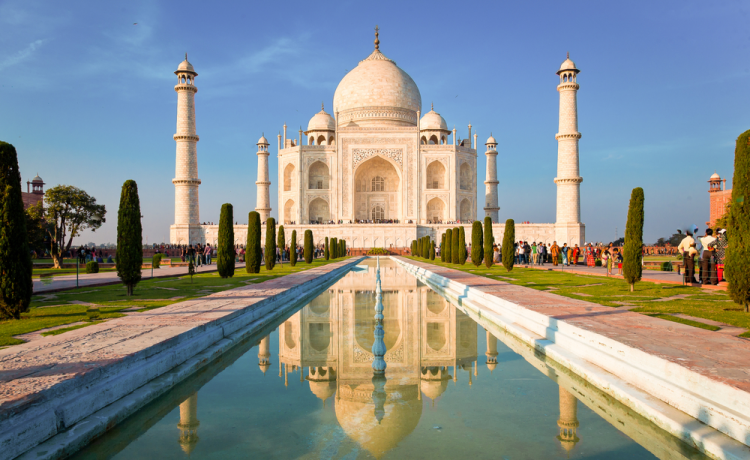The Taj Mahal, one of India’s most cherished tourist attractions, brings millions of visitors to Agra every year. Archaeologists are also struggling to protect the monument from air pollution, which turns the marble yellow and brown. Its gleaming white marble walls have for years been yellowed by air pollution and now the Taj Mahal faces a fresh threat from green insect excrement.
Swarms of insects breading in a polluted river near the Taj Mahal are threatening the intricate marble inlay work at the 17th century monument to love by leaving green and black patches of waste on its walls, archaeological experts said on Monday.
The black and green patches appear due to excreta deposited by a particular species of insect (Goeldichironomus) as per ASI experts. They further add that these patches can damage the intricate designs and floral mosaics and the marble surface of the monument.
Authorities are looking for a permanent solution to the problem created by the insects from the genus Goeldichironomus, a type of elongated fly that resembles a mosquito that is proliferating in the polluted Yamuna River. The river has stagnated to the point that it no longer supports fish that once kept the insects in check, environmentalist Yogesh Sharma said.





